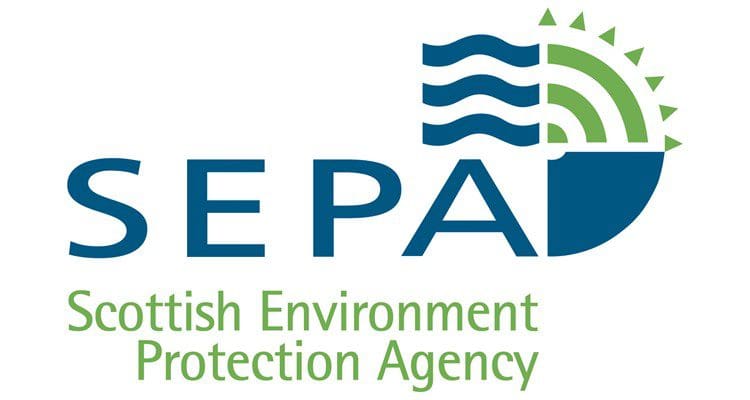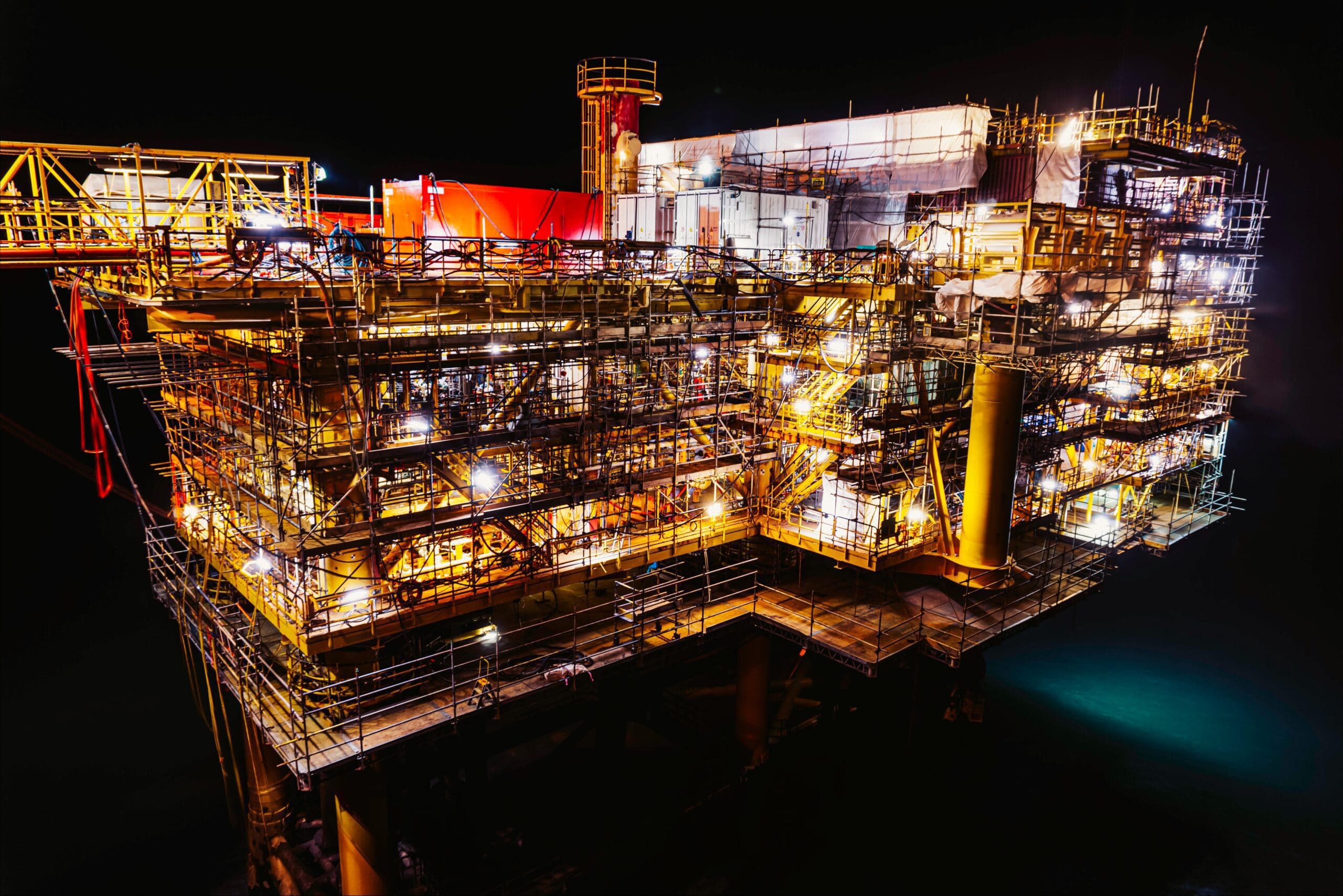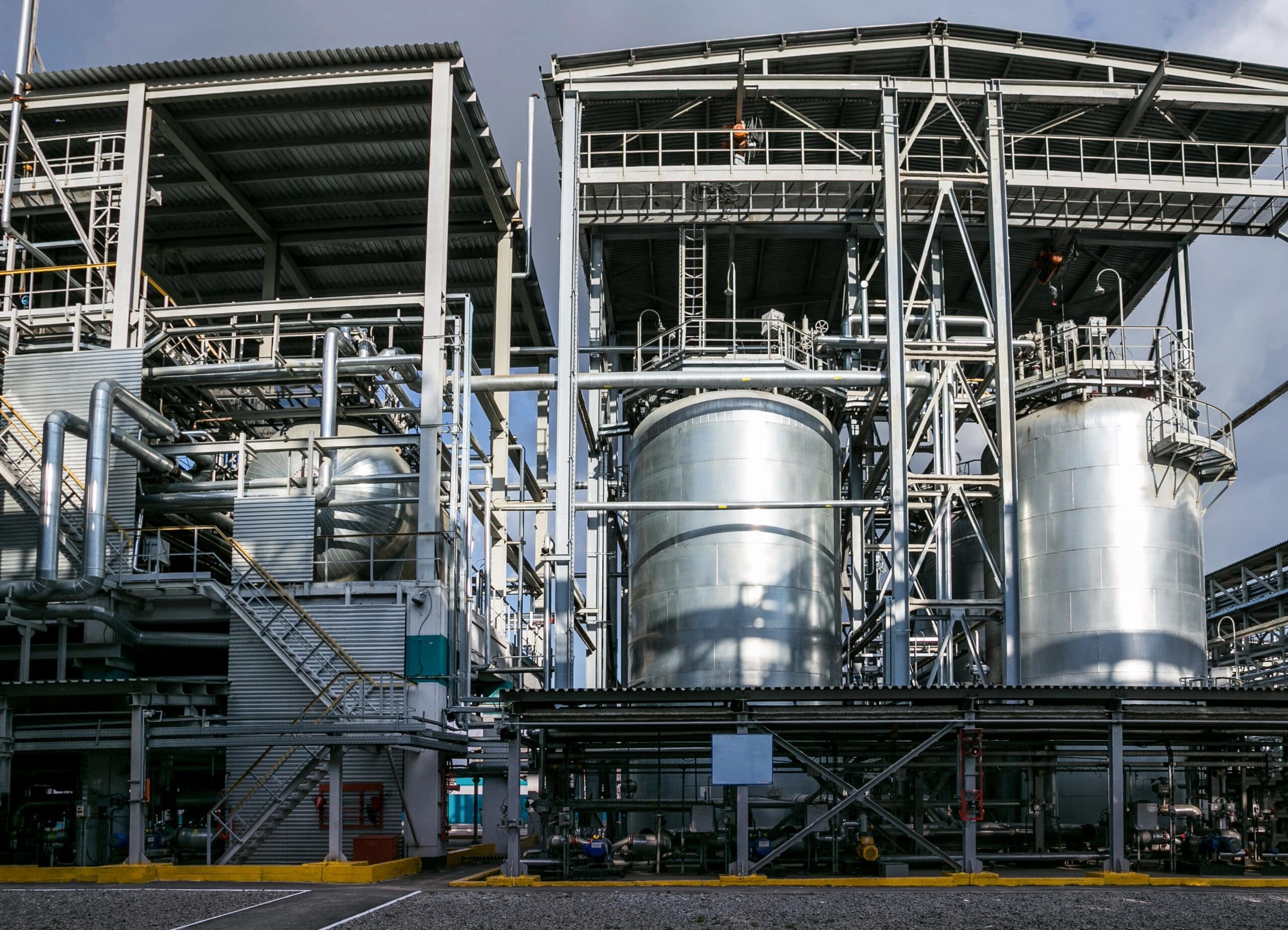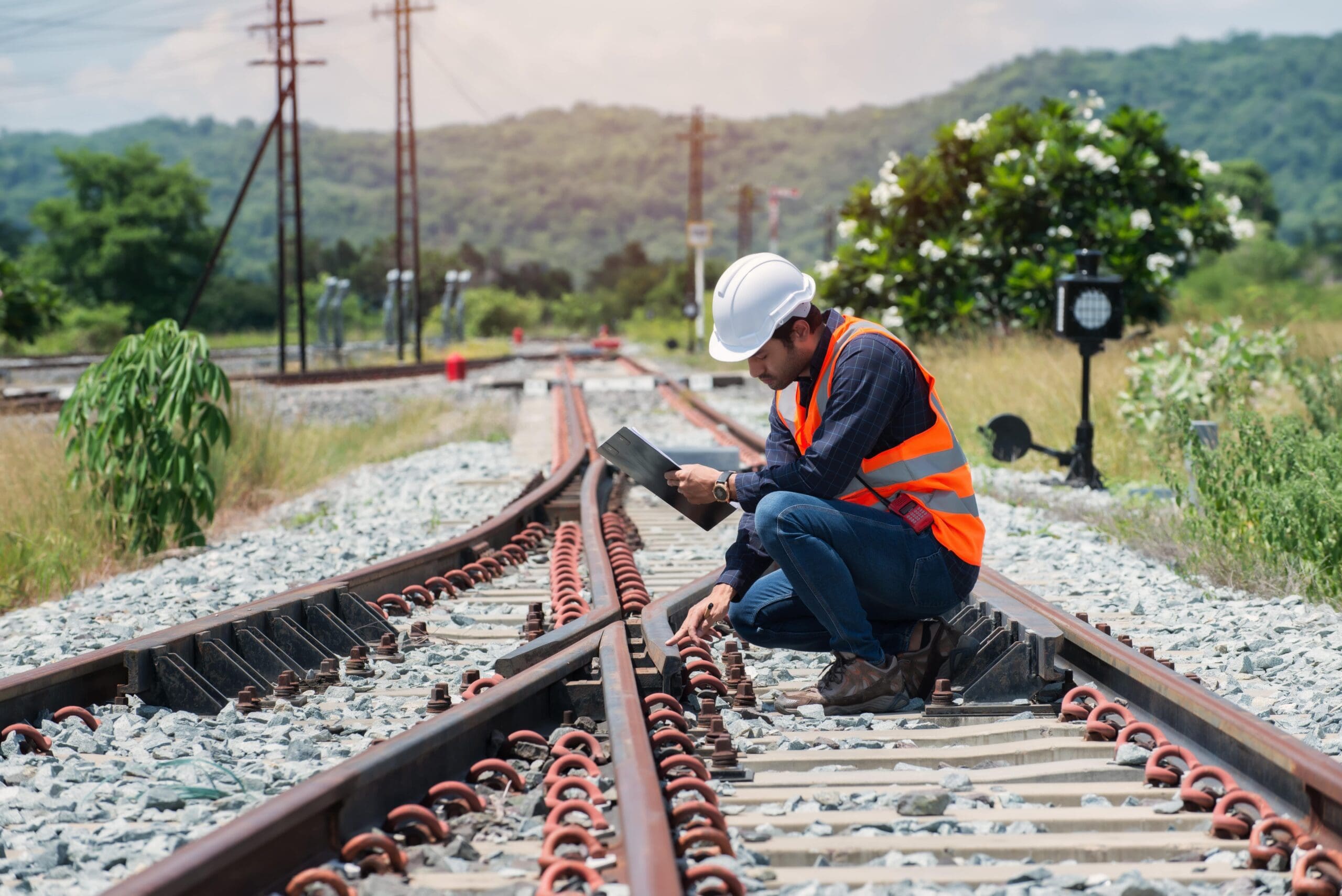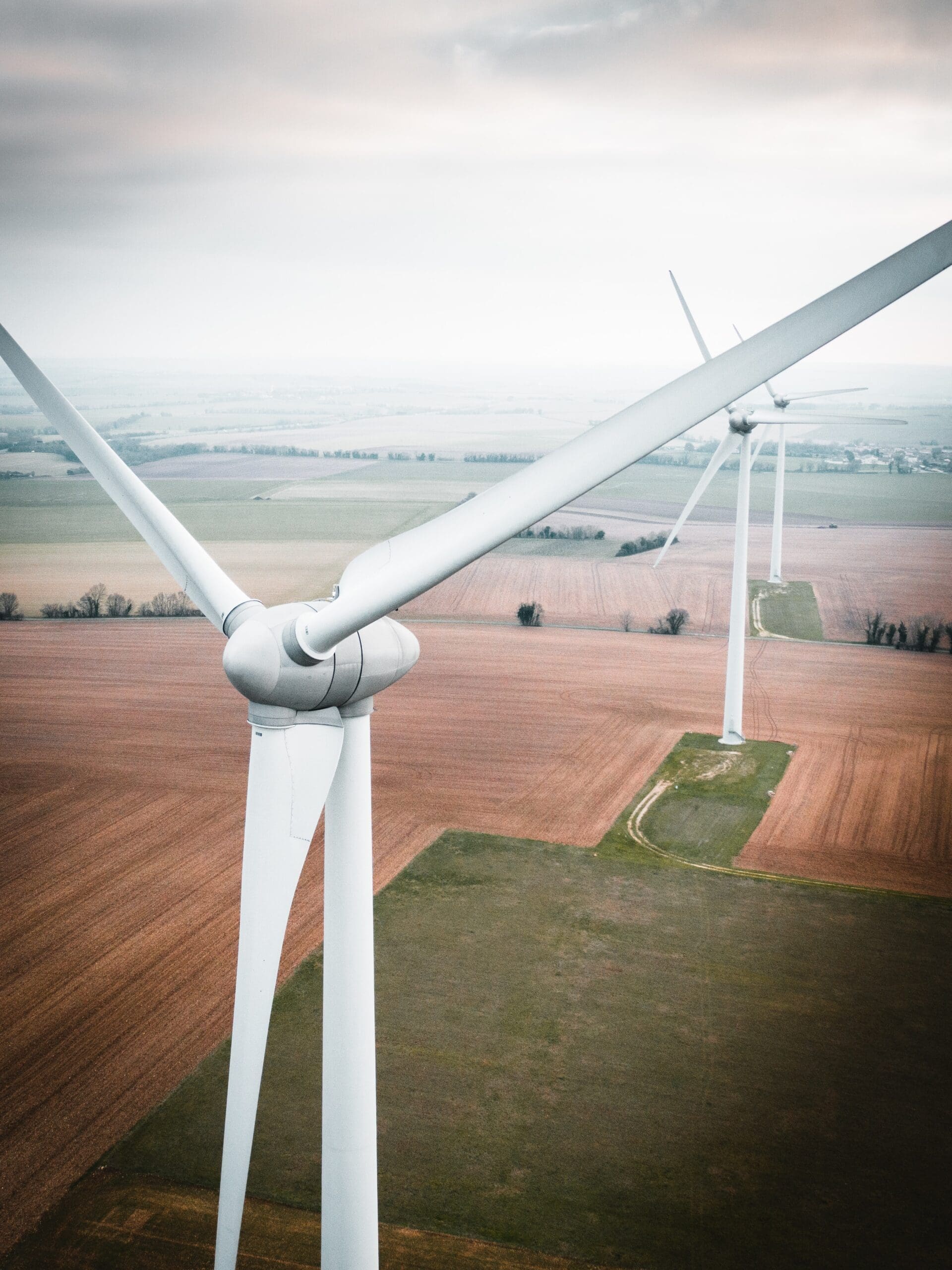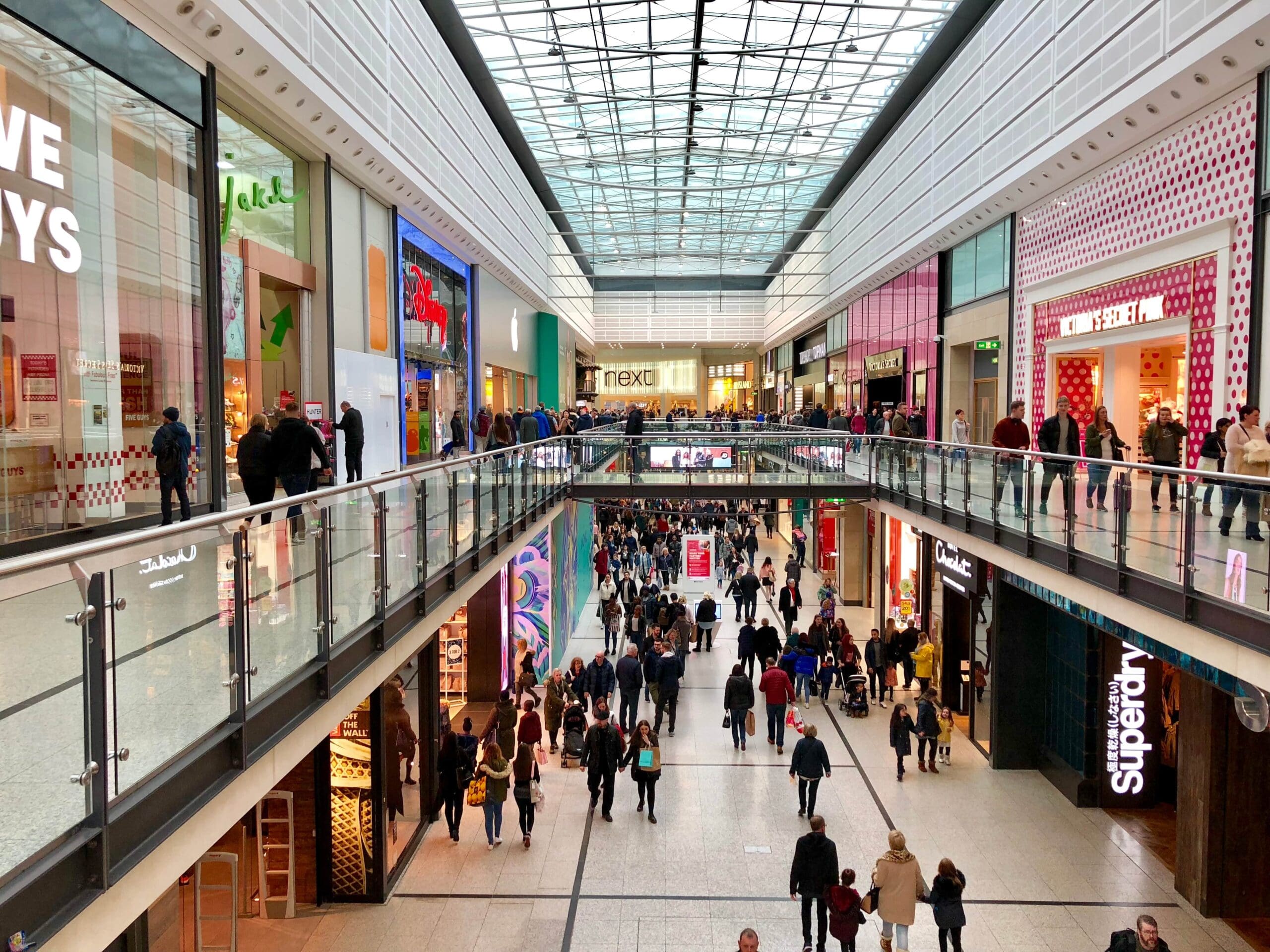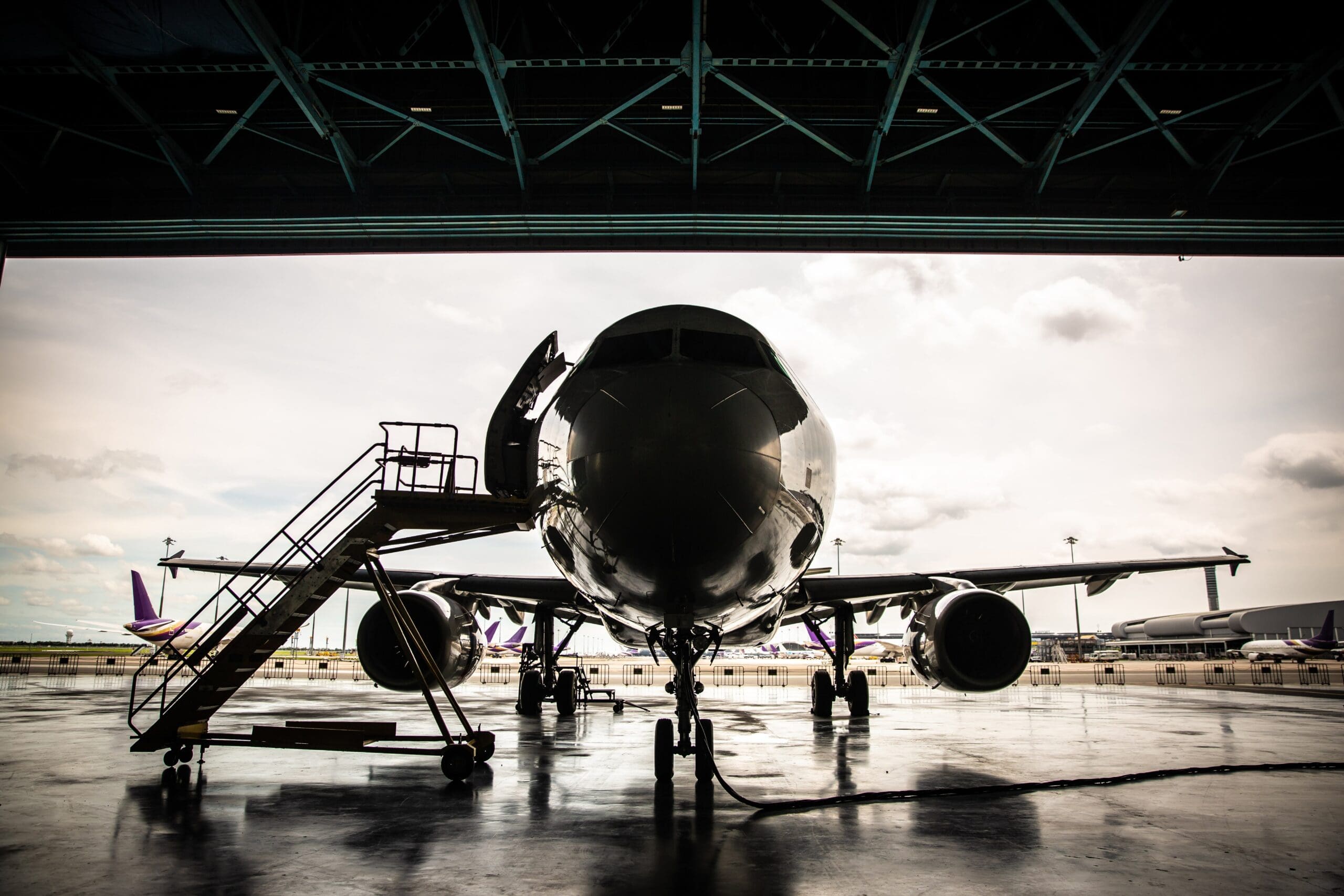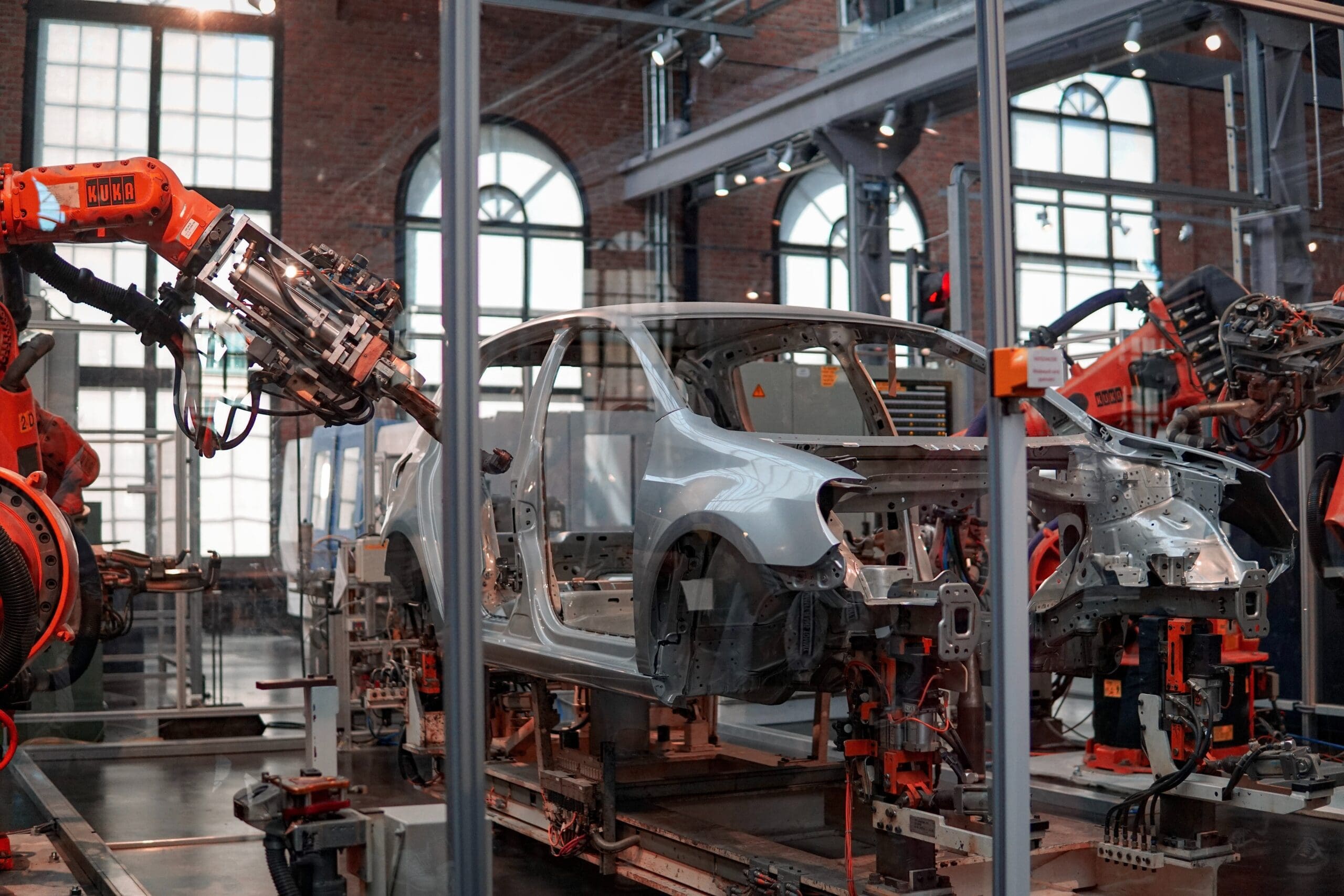Non-Destructive Testing
Radiography Services
Radiographic Testing (RT) utilises X-rays or gamma rays to inspect the internal structure of materials, identify defects, and ensure the integrity of various components.
Explore how we work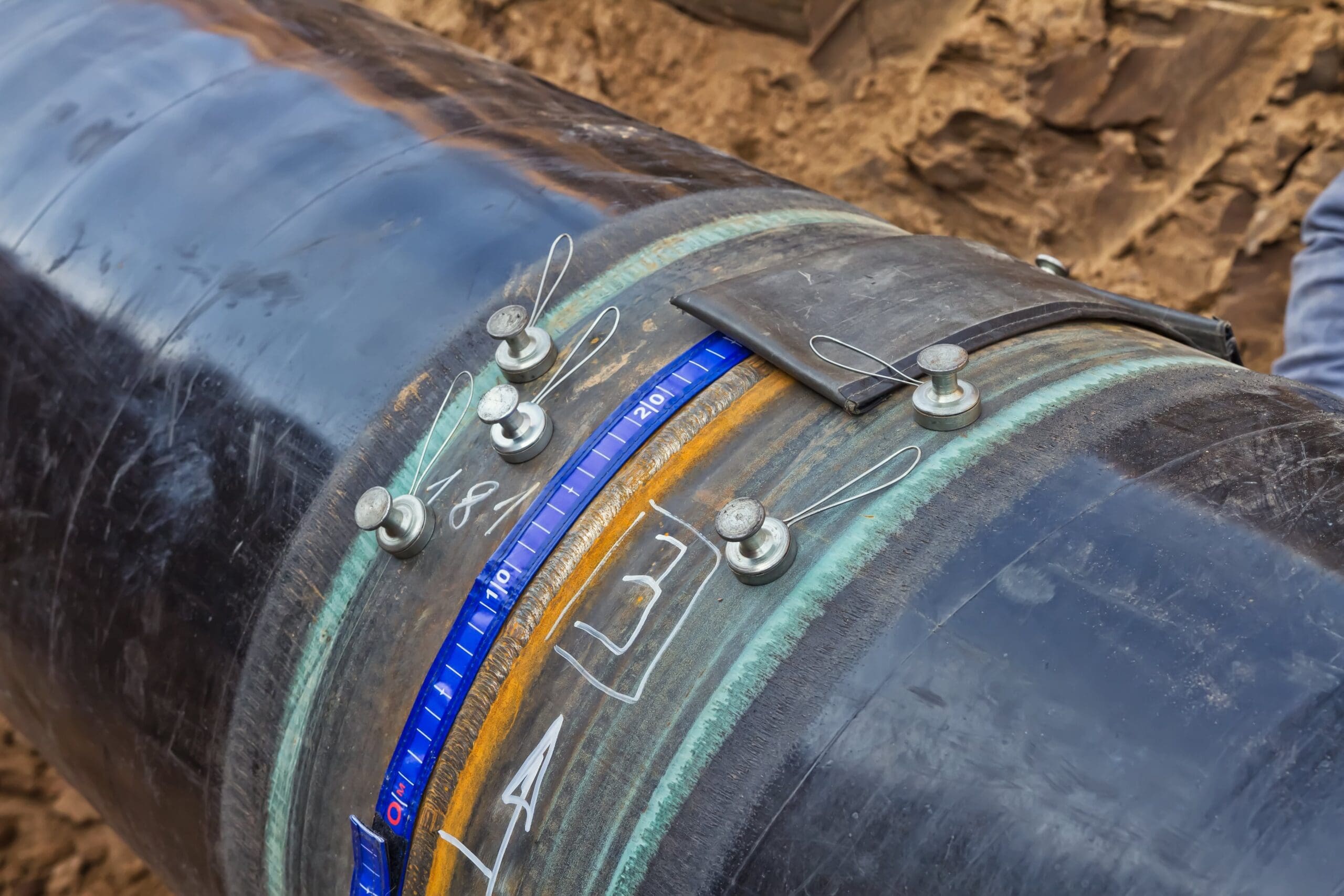
Interested? Let’s talk.
Send us an enquiry
What is Radiography?
Radiography is a non-destructive testing (NDT) method that uses penetrating radiation to create images of the internal structure of a solid object.
This method is often used to detect volumetric internal defects in welds and castings, as well as planar defects such as cracks and slag inclusions.
Radiography can be used on a wide variety of materials, including metals, plastics, and composites. It is a highly effective method for detecting defects, and it is often used in applications where safety is critical, such as the aerospace and nuclear industries.
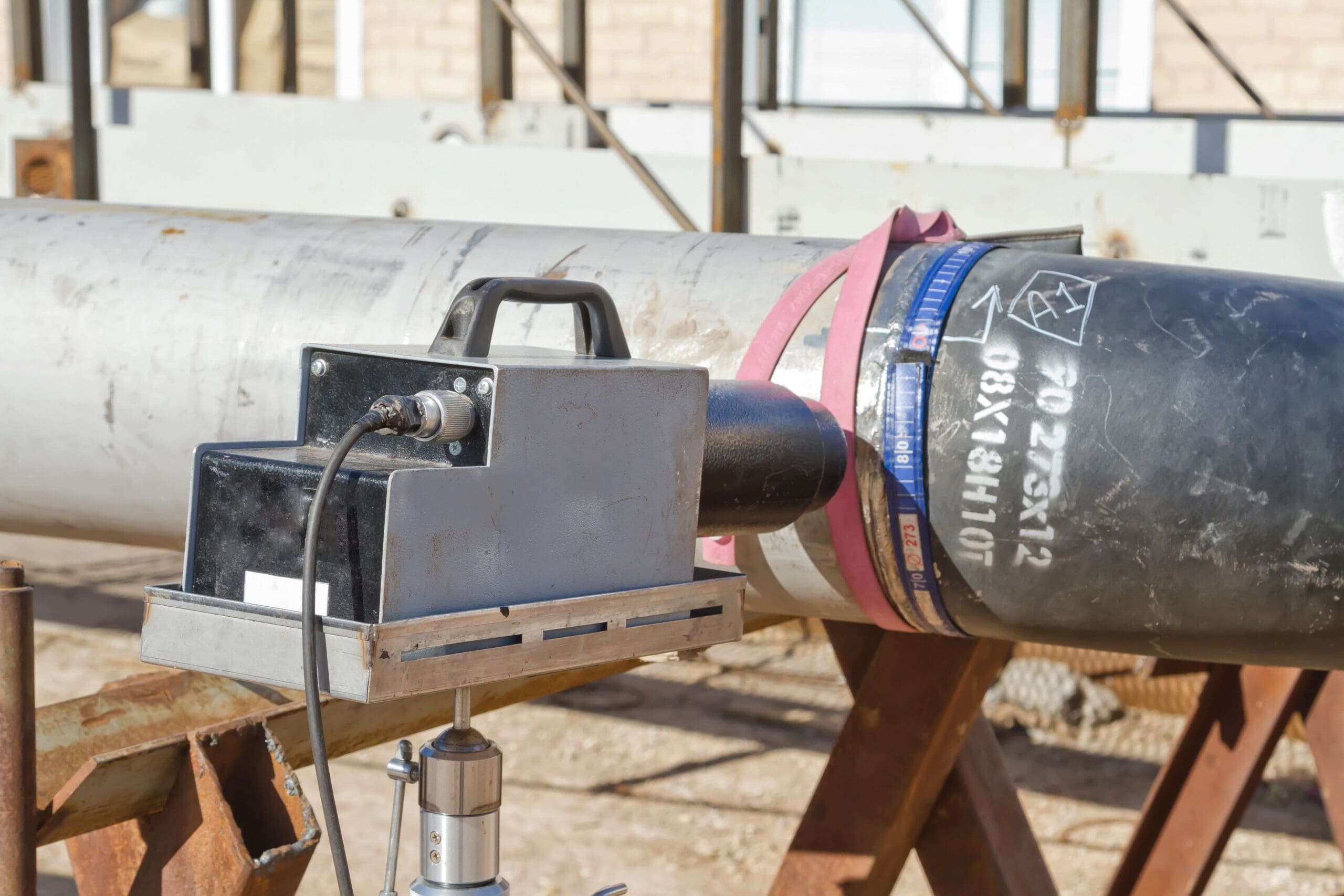
Who we’ve partnered with...





Key benefits of Radiography
Accurate detection
Radiography can detect small defects that are not visible to the naked eye or by other NDT methods, making it a valuable tool for inspecting critical components where even small defects can pose a safety risk.
Cost effective
RT can be used to inspect large circumference items such as butt welds without the need to disassemble them. This makes it an efficient and cost-effective testing method for these types of items.
Highly effective
It is a highly effective method for detecting defects, including volumetric and planar defects. Radiography can detect a wide range of defects, including cracks, voids, inclusions, and delaminations.
Versatile
Radiography can be used on a wide variety of materials, including metals, plastics, composites, and concrete, making it a versatile NDT method that can be used in a variety of industries.
Let's talk about Radiography
Send one of the team a message
Not seeing what you expected?
Try using our search
Explore what our clients say
How we'll work with you
At BES Group, we offer a comprehensive Radiography service that includes in-house and on-site inspections. Our team of experienced technicians are highly trained in the safe and efficient use of radiography equipment.
We offer on-site Digital and conventional industrial Radiography services, using Iridium192 and Selenium75. We can provide a complete Radiography service, from initial planning and consultation to the final report.
Our in-house radiography facilities based in Salford and South Shields are equipped with a large purpose-built radiography bay (8x8m) and four smaller bays. This allows us to accommodate a variety of sizes and shapes of objects. We also have a wide range of radiography equipment, including 160kv CP Units, 200-300kv Radiography Sets, and Radiography Crawlers.
We also provide a full range of Level 3 consultancy service, which includes NDT Technique approval, writing, and approval of NDT procedures.
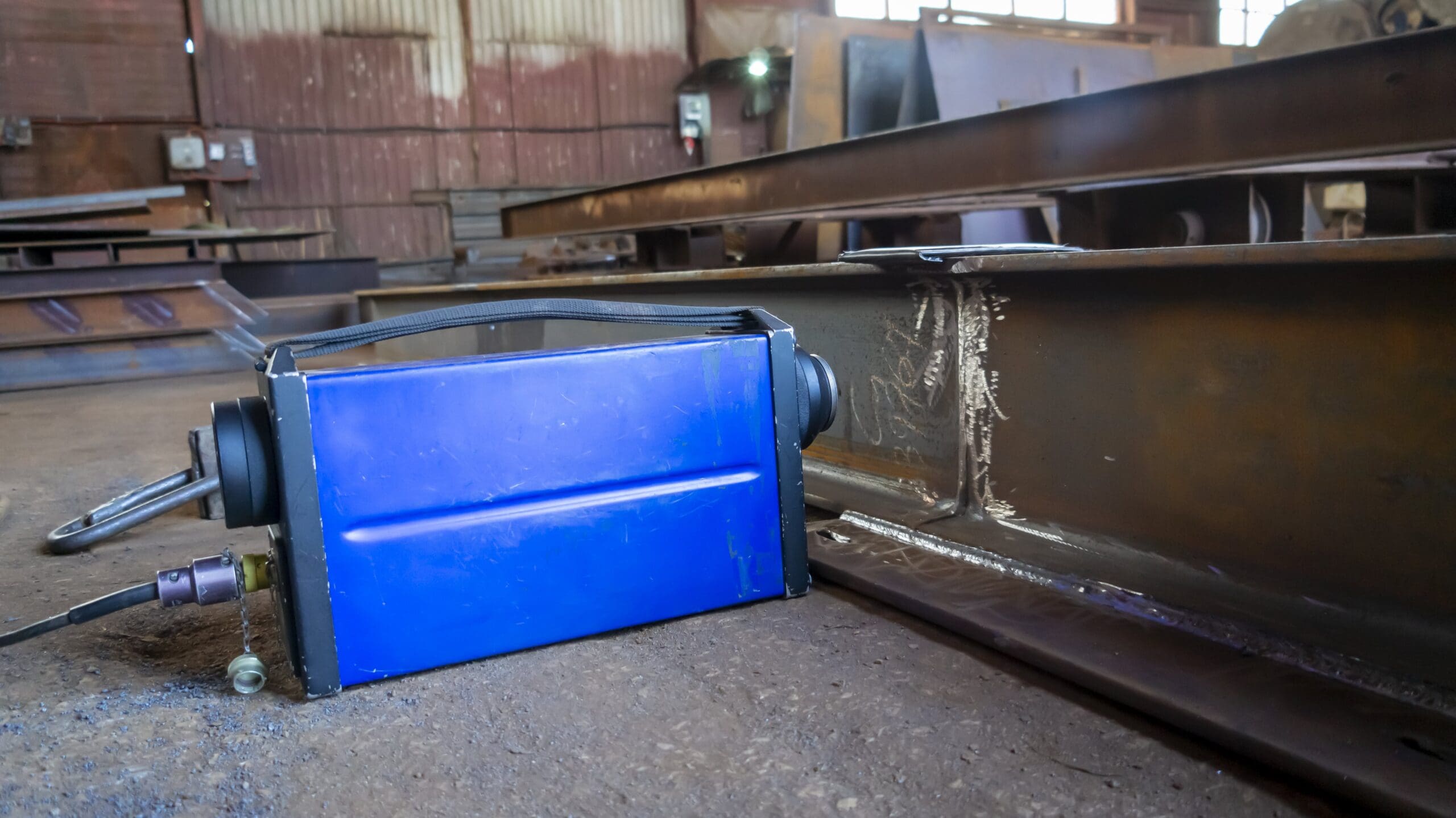
Tailored Radiography Services
Radiographic Testing can be tailored to your individual requirements. All our Radiographers are RPS qualified and have full training in Source Recovery Procedures, which ensures peace of mind for our clients known that any site Radiography is carried out in full accordance with HSE Legislation.
Protect the integrity of your critical pipelines and safeguard your operations.
Our team of experienced and qualified technicians possesses a deep understanding of pipeline Radiography techniques, ensuring the flawless performance of your infrastructure.
Our pipeline Radiography team boasts a wealth of experience.
We’ve successfully completed numerous pipeline inspections across the UK and Ireland. We’ve collaborated with leading organisations in the oil and gas, power generation, and infrastructure sectors, earning a reputation for excellence.
Our comprehensive pipeline Radiography service encompasses every aspect of the process.
We cover everything from initial planning and consultation to the final report. Our team will collaborate closely with you to understand your specific requirements and provide a tailored inspection plan.
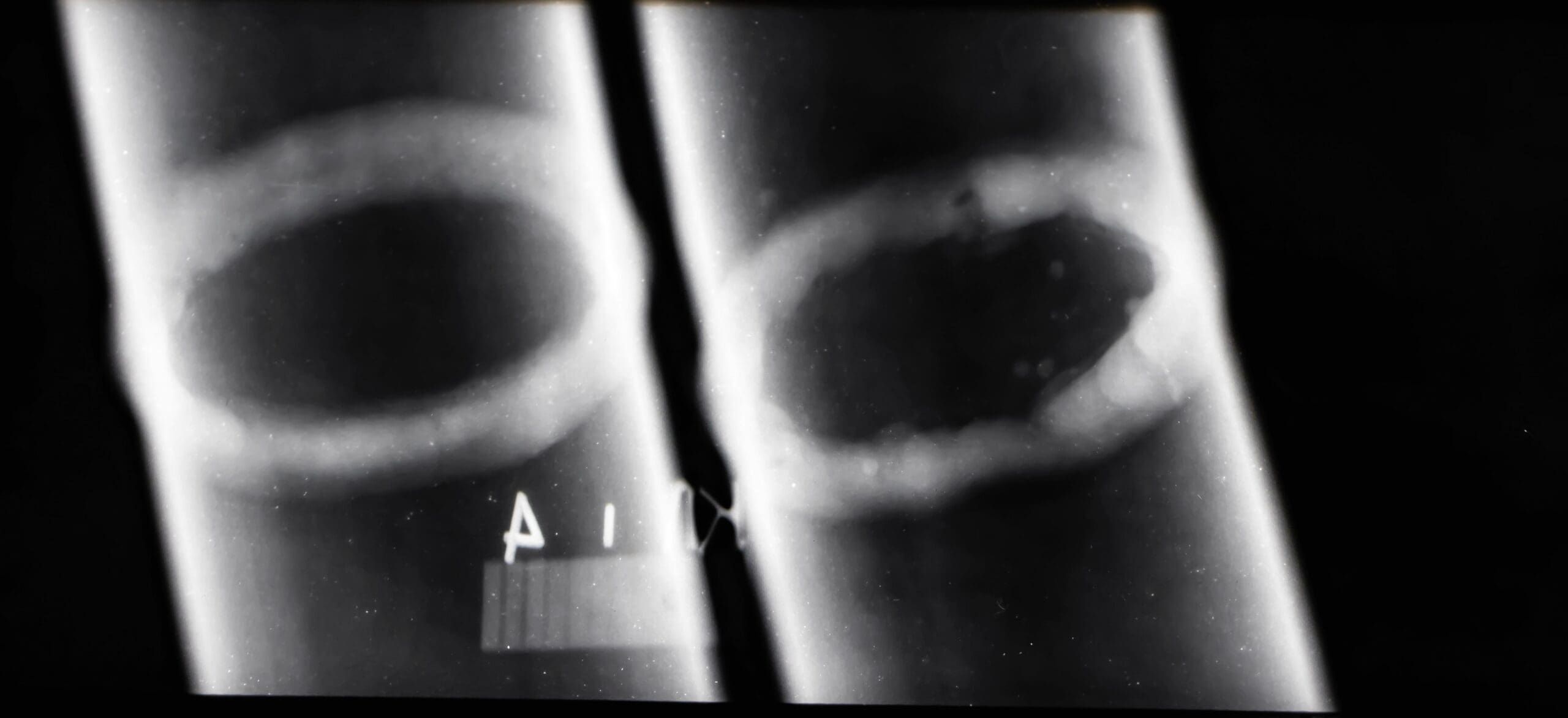


Let’s talk. Ask us anything.
Send one of the team a message
Why choose BES Group?

800+ expert engineers
Our team of skilled engineers possesses a wealth of expertise.
A legacy of 160+ years of experience
We’re always evolving our approach to future proof our services.

35,000 satisfied customers
A strong reputation for providing exceptional service.
Frequently asked questions
What are the two sources of Radiation used in Radiographic NDT?
X-rays: X-rays are produced by an X-ray generator, which is a machine that accelerates electrons to high energies and then makes them collide with a metal target. The collision produces X-rays, which are emitted in all directions. Gamma rays: Gamma rays are emitted by radioactive materials, such as cobalt-60 and iridium-192.
These materials are sealed in a container and used as a radiation source. X-rays and gamma rays are both forms of electromagnetic radiation, but they differ in their energy. X-rays have a lower energy than gamma rays, which means that they can be more easily absorbed by matter.
This makes X-rays a better choice for NDT of thin materials, such as sheet metal. Gamma rays have a higher energy than X-rays, which means that they can penetrate thicker materials. This makes gamma rays a better choice for NDT of thick materials, such as castings and welds.
The choice of radiation source for NDT also depends on the specific application. For example, if the NDT is being performed on a radioactive material, then a gamma ray source would be the best choice. If the NDT is being performed on a human patient, then an X-ray source would be the best choice.
What are the safety precautions that need to be taken when using Radiography?
Radiography is a powerful tool for NDT, but it also can be very dangerous if not used correctly. When our technicians carry out Radiography, they wear the correct PPE, keep exposure time to a minimum, don’t come in to contact with the primary beam and use shielding methods.
All our testing is completed in the safest conditions possible adhering to HSE guidelines. Prior specific Risk Assessments will always be carried out before commencing any site Radiography by one of our Senior Radiographers who will be responsible for client liaison/ HSE liaison – this means a personal service can be guaranteed. Our Radiographers also have Confined Space Training and specific qualifications and safety passports.
Sectors we service
Dive into the diverse landscapes where BES Group sparks innovation and drives impact.


Let’s talk. Ask us anything.
Send one of the team a message
Insights & news
Browse our latest articles

A complete guide to Metal Failure Modes and Analysis
Testing
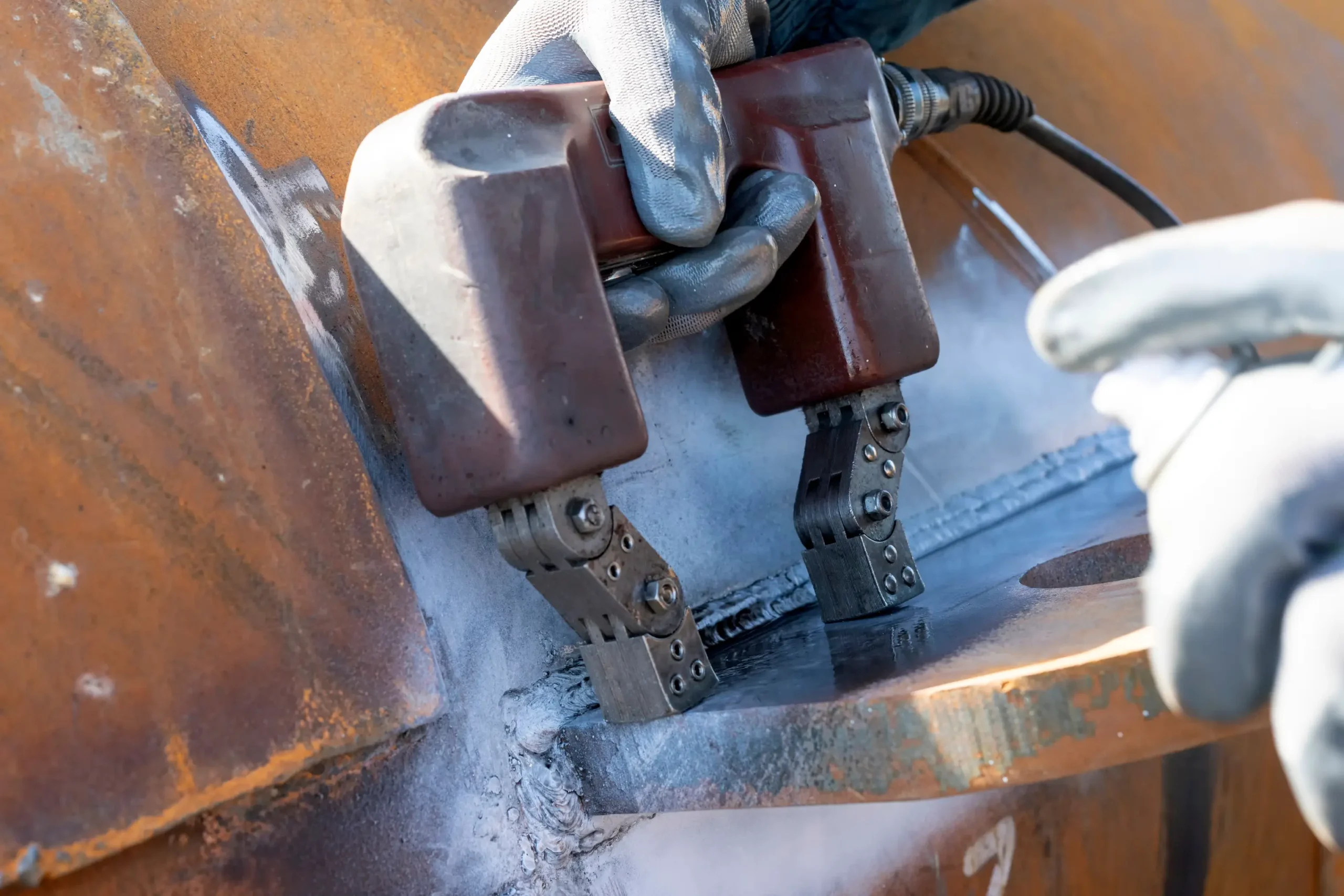
How combining NDT Methods ensures comprehensive asset protection
Testing
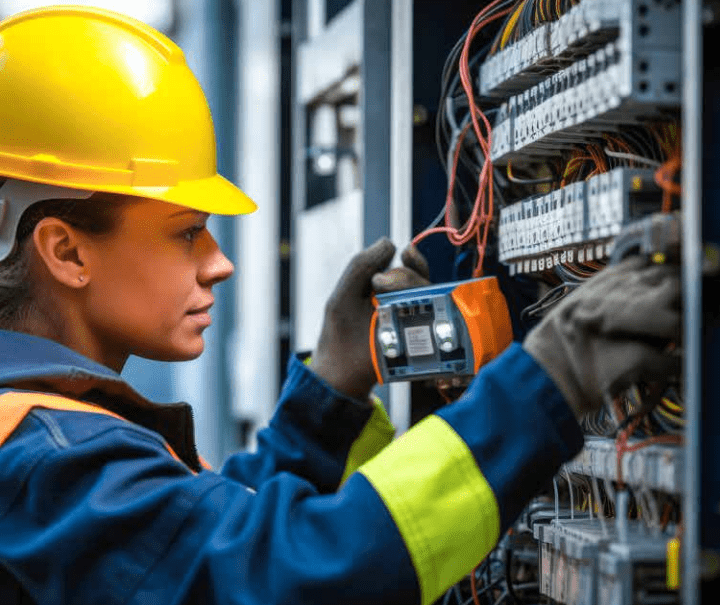
Factory Shutdowns: How to Manage Your Maintenance Operations Efficiently
Asset Reliability Electrical Inspection Testing

What Are the Different Methods of NDT Testing?
Testing
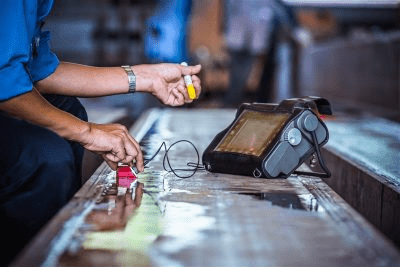
How to Choose the Right NDT Method: A Comprehensive Guide
Testing
Other similar services...
Looking for something else? Explore similar services...
Let’s get you to the right person, fast.
Thank you, enquiry submitted!
Please check your inbox. We have sent you an email receipt of your enquiry.
We treat every enquiry with the upmost urgency. We’ll aim to get in touch with the relevant BES Group specialist and get back to you as soon as possible*.
Thank you again and have a great day.
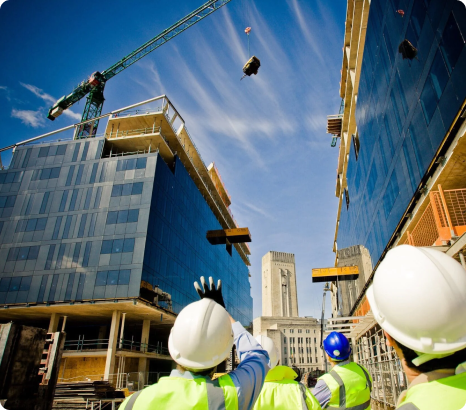 About BES Group
About BES Group Accreditations & Credentials
Accreditations & Credentials Our Environmental, Social & Governance
Our Environmental, Social & Governance Careers at BES Group
Careers at BES Group Our Senior Leadership Team
Our Senior Leadership Team



